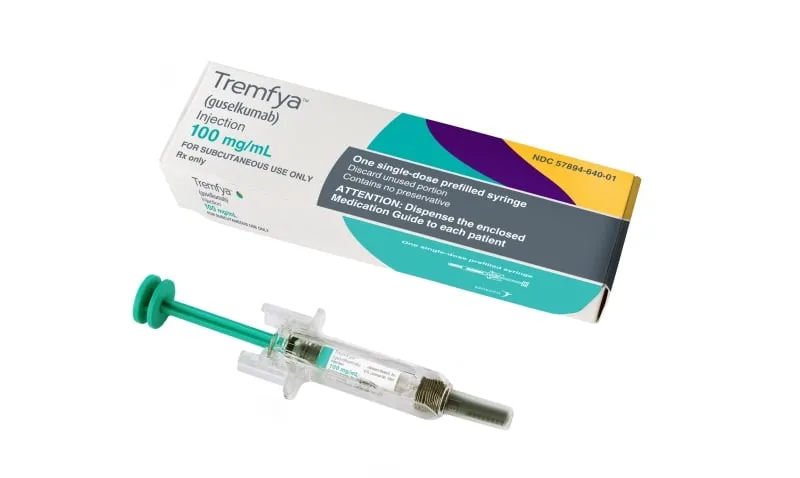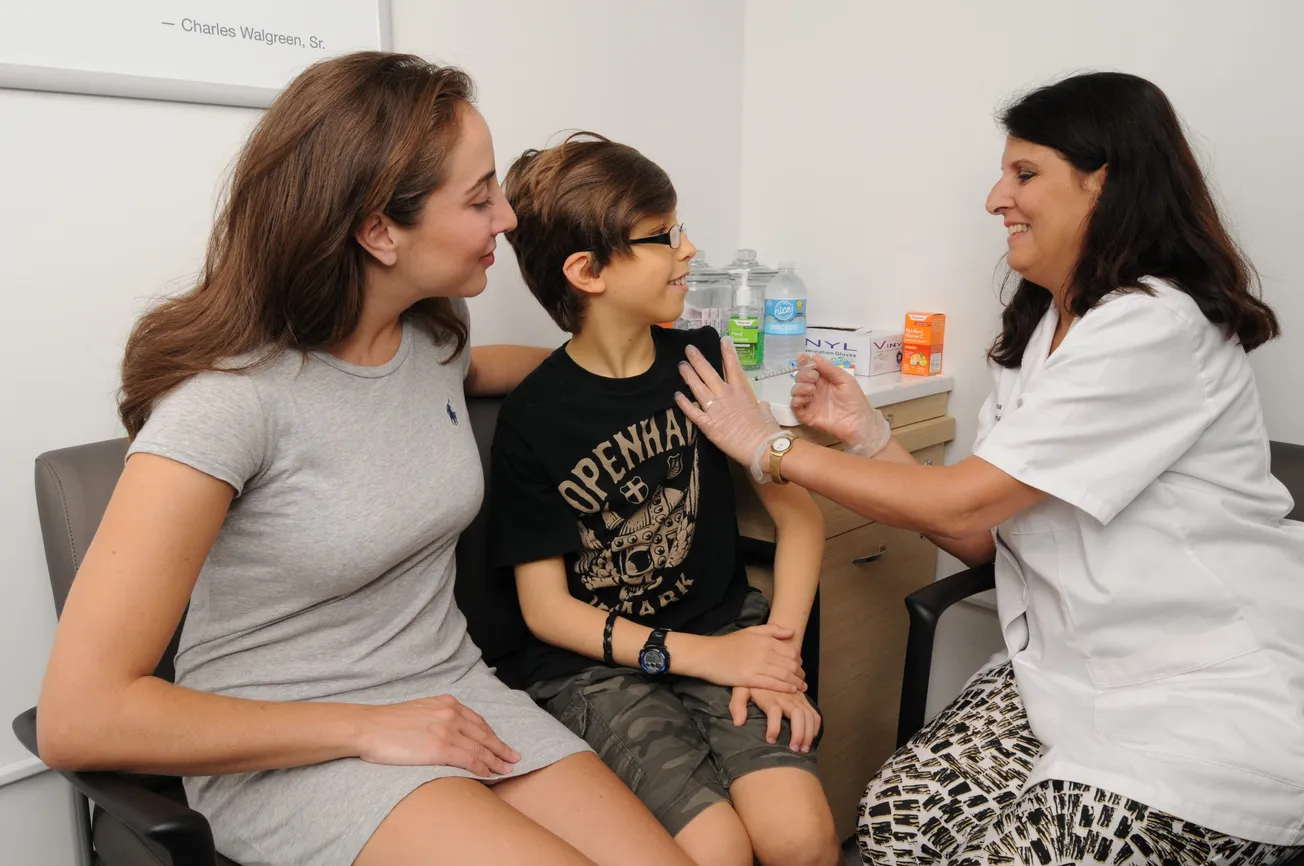SPRING HOUSE, Pa. – Johnson & Johnson has officially submitted a supplemental Biologics License Application (sBLA) to the FDA for Tremfya (guselkumab), proposing a subcutaneous induction regimen to treat moderate-to-severe ulcerative colitis. If approved, Tremfya would be the first interleukin-23 (IL-23) inhibitor to offer a subcutaneous induction option for patients with this chronic inflammatory bowel condition.
This groundbreaking application is based on positive results from the pivotal Phase 3 EARNEST study, which evaluated the safety and efficacy of Tremfya in treating UC. The study demonstrated the potential of guselkumab to help patients achieve and maintain clinical remission and improve endoscopic and histologic outcomes. These findings are particularly significant for individuals with moderate-to-severe UC, many of whom have limited therapeutic options and face challenges in achieving sustained relief.
Expanding treatment options for UC
Tremfya, already FDA-approved for plaque psoriasis and psoriatic arthritis, works by selectively inhibiting IL-23, a key cytokine involved in inflammatory and immune-mediated diseases. Its potential to expand into UC represents a significant development in inflammatory bowel disease (IBD) care.
Current treatment options include aminosalicylates, corticosteroids, immunosuppressants, and biologics. While effective for some, these therapies do not work for all patients, and long-term remission remains elusive for many.
The proposed subcutaneous regimen could offer a more convenient alternative to intravenous induction therapies, which are currently common in UC treatment. A subcutaneous option would empower patients to administer treatment at home, reducing the burden of frequent clinic visits.
A potential paradigm shift
Dr. Jan Wehkamp, Vice President of Gastroenterology Disease Area Leader at Janssen Research & Development, highlighted the significance of the sBLA submission.
“With Tremfya, we’re aiming to offer a first-in-class treatment option that can make a meaningful difference in the lives of people living with UC,” he said. “The results of the EARNEST study underscore our commitment to advancing science and addressing unmet needs for patients with chronic and debilitating conditions.”
The EARNEST study enrolled adults with moderate-to-severe UC who had inadequate responses to or intolerance to conventional or advanced therapies. Participants received either the proposed subcutaneous induction regimen of Tremfya or a placebo. Key endpoints included clinical remission rates at weeks 12 and 52 and sustained symptom relief. Tremfya demonstrated statistically significant improvements across these measures compared to placebo, reinforcing its potential to address gaps in current treatment options.







